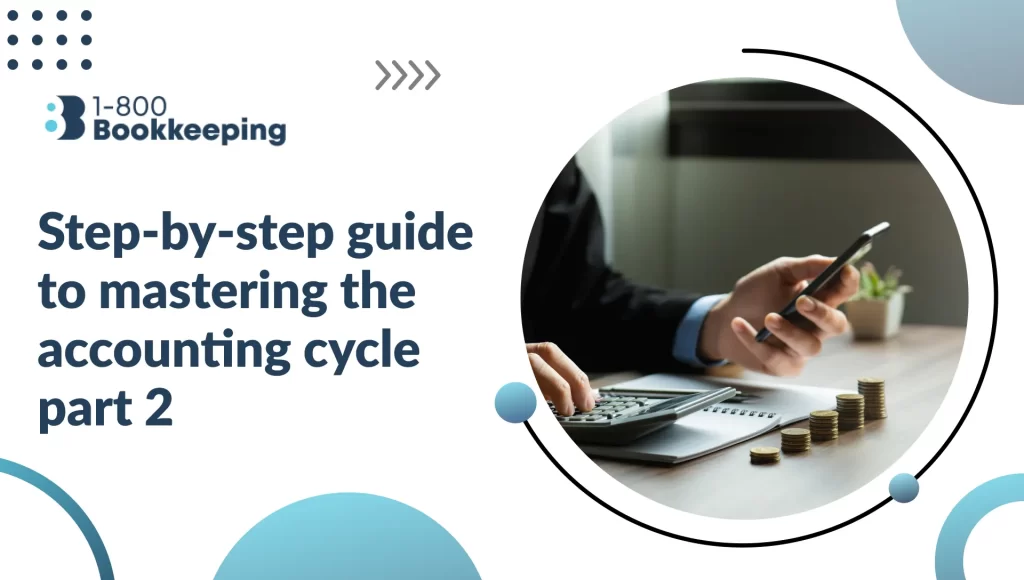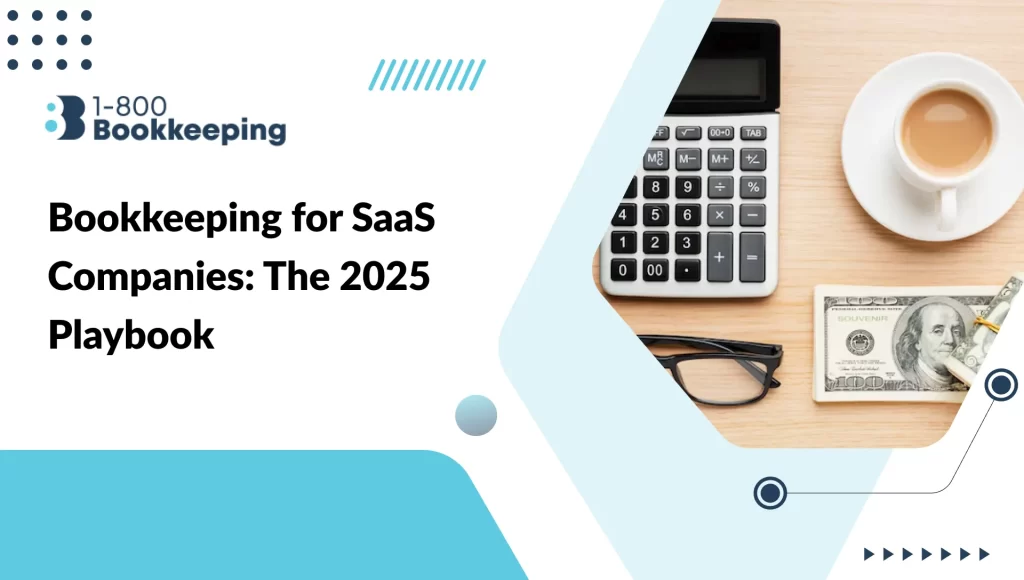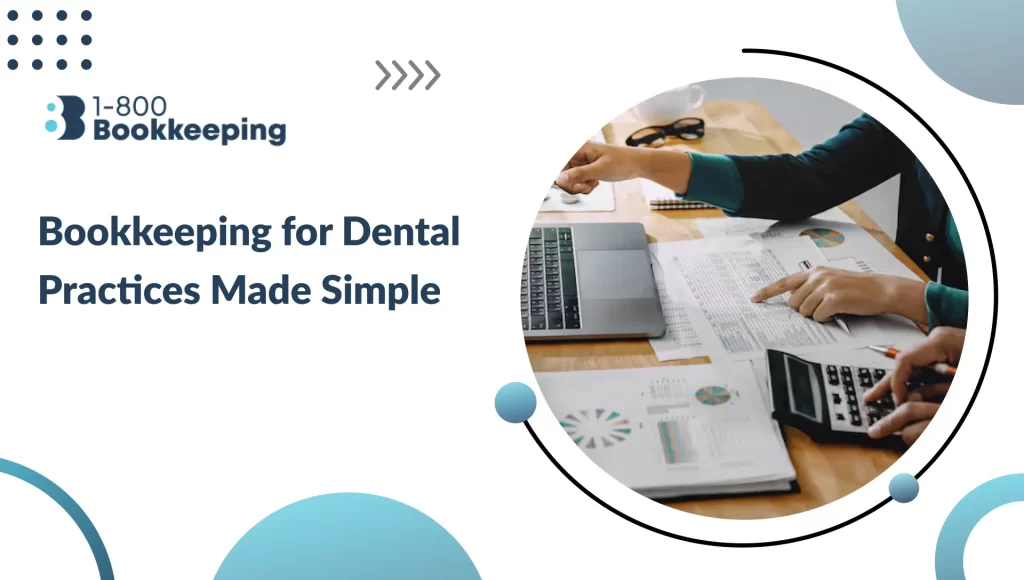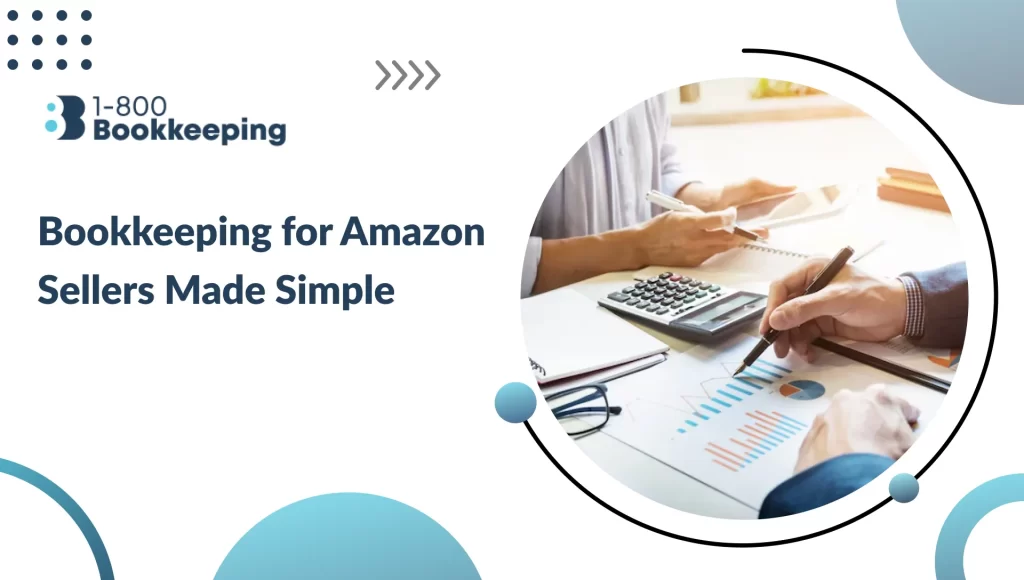This article continues our discussion on the accounting cycle. Part 1 covered the early stages—analyzing transactions, recording journal entries, and preparing an unadjusted trial balance. Now, we pick up from Step 5 and go through closing the books, advanced tips, real-world examples, and a few final thoughts. By the end, you will see why the accounting cycle is vital for businesses large and small. If you haven’t already read Part 1, check it out first so you have the entire process in view.
Below, you’ll find steps to adjust entries, create an adjusted trial balance, produce financial statements, and close the books. We’ll also offer tips for improving your process, explore how the cycle applies in real life, and share final ideas on building a solid accounting practice. Let’s dig into Step 5 and continue our journey.
Step 5: Making Adjusting Entries
Adjusting entries refine your records to align with the actual financial activity. This keeps your books honest and sets you up for an accurate picture of performance.
What are Adjusting Entries, and Why are They Necessary?
Adjusting entries corrects the timing of certain revenues and expenses. Following the matching principle, they match costs and income to the period they occur. For instance, you might incur an expense in December but not pay it until January. You still need to reflect that expense in December to see an accurate measure of profitability for that month. Without adjustments, revenue or expense could appear in the wrong period, clouding any financial statement analysis.
Types of Adjusting Entries (Accruals, Deferrals, and Estimates)
- Accruals
Accruals account for earned revenue or incurred expenses not yet recorded in the books. For example, an accrued expense might be wages owed but not yet paid. An accrued revenue could be a service you’ve provided but haven’t billed yet. - Deferrals
Deferrals handle situations where payment is made or received in advance. A typical example is unearned revenue: You might collect payment for a service but not deliver it until later. Another example is prepaid expenses, such as a one-year upfront insurance premium. - Estimates
Some expenses require an estimate, such as depreciation on fixed assets or an inadequate debt allowance on accounts receivable. These entries are made so you can spread costs over the useful life of an asset or account for potential losses.
Common Examples of Adjusting Entries
- Prepaid Insurance Adjustment: Debit Insurance Expense and credit Prepaid Insurance for the portion used during the month.
- Unearned Revenue Adjustment: Debit Unearned Revenue and credit Revenue once the service is partly or fully performed.
- Accrued Wages: Debit Wage Expense and credit Wages Payable to record wages that employees have earned but have not yet been paid.
- Depreciation: Debit Depreciation Expense and credit Accumulated Depreciation to record the monthly portion of an asset’s cost.
These adjustments ensure your financial data is fair and accurate for the period. Once you complete these entries, it’s time to move on to the adjusted trial balance.
Step 6: Preparing the Adjusted Trial Balance
This stage confirms that all accounts remain in balance after adjusting entries. It lays the groundwork for creating precise financial statements.
How the Adjusted Trial Balance Differs from the Unadjusted Trial Balance
The unadjusted trial balance comes straight from your journal entries without any modifications for the period. The adjusted trial balance incorporates all the adjusting entries you posted. In other words, any accounts impacted by the Step 5 adjustments will now show updated balances. This updated version is the last checkpoint before you generate key financial statements.
Ensuring Accuracy Before Financial Statement Preparation
- Cross-verify debits and Credits
Add up all the debits and credits in your adjusted trial balance. They must match if they do not, revisit your adjusting entries to find any errors. - Confirm the Correct Accounts Were Adjusted
Double-check that you adjusted the correct accounts. For instance, if you aim to record depreciation, confirm that the depreciation expense and accumulated depreciation accounts are accurate. - Check for Missing Entries
Review your documents, invoices, and end-of-period statements if you suspect certain accruals or deferrals might be missing. Catching these omissions now prevents skewed financial results.
Steps to Prepare an Adjusted Trial Balance
- Start with the unadjusted trial balance.
- Post your adjusting entries to the general ledger.
- Sum the updated balances for each account.
- Arrange these account totals into a new listing of accounts and balances.
- Verify the total of debits equals the total of credits.
Once your adjusted trial balance is complete and matches up, you’re ready to tackle financial statement preparation.
Step 7: Generating Financial Statements
Financial statements provide a window into a company’s performance, health, and cash movement. They guide leadership, investors, and creditors on strategic decisions.
Overview of the Key Financial Statements
Several reports can be generated from the adjusted trial balance. The three most essential are the income statement, balance sheet, and cash flow statement.
Income Statement
The income statement, also called the profit and loss statement, outlines revenues and expenses during a specific period. It calculates net income or net loss. A growing net income indicates positive performance, while a net loss signals expenses overshadowing revenue.
Typical sections include:
- Revenue
- Cost of Goods Sold (if applicable)
- Gross Margin
- Operating Expenses (like payroll, rent, utilities)
- Net Income (or net loss)
Balance Sheet
The balance sheet presents a company’s financial position at a particular date. It details what the business owns (assets), owes (liabilities), and the residual interest belonging to owners (equity).
You’ll usually see three main segments:
- Assets (current assets like cash, accounts receivable, and long-term assets like equipment)
- Liabilities (current liabilities such as accounts payable, long-term liabilities like mortgages)
- Owner’s Equity or Stockholders’ Equity
Cash Flow Statement
This statement breaks down how cash moves in and out of the business. It covers operating activities (like collections from customers payments to suppliers), investing activities (purchase or sale of long-term assets), and financing activities (issuing shares, taking on loans, paying dividends).
How Financial Statements Provide Insights for Decision-Making
Reviewing these reports, business owners spot trends, plan for expansions or cost-cutting measures, and pinpoint improvement areas. For instance, a company showing healthy net income on the income statement may still experience tight cash flow. The cash flow statement would reveal if collections lag or if investments tie up available cash.
Financial statements also look at solvency, liquidity, and overall stability. They make it easier to evaluate whether the business can handle new debt, maintain enough reserves, or if certain products are significantly more profitable than others.
Common Mistakes to Avoid in Financial Statement Preparation
- Misclassification of Accounts: Ensure you label expenses, revenue, assets, and liabilities correctly. Mixing them up can distort the reports.
- Overlooking Adjusting Entries: If you skip some adjustments, you’ll produce incomplete or inaccurate statements.
- Poor Cutoff: Recording transactions in the wrong period changes your revenue and expense numbers. Stick to the period in which the activity occurs.
- Failing to Reconcile Accounts: Always reconcile your bank statements and other key accounts to confirm accuracy.
Once your financial statements are prepared, you’ll move on to Step 8: Closing the Books.
Step 8: Closing the Books
Closing the books wraps up all the activity of the accounting cycle, setting the stage for the next period. It ensures that temporary accounts start fresh when a new cycle begins.
What Does it Mean to Close the Books?
Closing the books transfers balances from temporary accounts (like revenue, expense, and withdrawal or dividend accounts) to permanent accounts (usually retained earnings for corporations or the owner’s capital account for sole proprietors). This resets the temporary accounts to zero to capture the data for the new reporting period without the baggage of prior totals.
Steps in the Closing Process
- Close Revenue Accounts
Transfer the credit balance of revenue accounts into the Income Summary. This zeroes out each revenue account. - Close Expense Accounts
Transfer the debit balances of expense accounts into the Income Summary. Your Income Summary account reflects total net income (or net loss). - Close Income Summary
Transfer the balance of Income Summary into Retained Earnings (or Capital, for sole proprietors). - Close Drawings/Dividends
If the owner took drawings or the corporation paid dividends, transfer that balance to Retained Earnings (or Capital).
Once these entries are complete, you can run a post-closing trial balance to confirm that all temporary accounts show zero balances and only the permanent accounts remain.
Importance of Post-Closing Trial Balance
A post-closing trial balance checks that all debits and credits match after closing. It only lists permanent accounts, like assets, liabilities, and equity. This final checkpoint is vital in catching mistakes—if your credits don’t match your debits, you know you made a mistake in closing entries.
Simplify the Accounting Cycle with 1-800 Bookkeeping
At 1-800 Bookkeeping, we understand that mastering the accounting cycle can be daunting. That’s why our mission is to make it simple, efficient, and stress-free for businesses of all sizes. Whether you’re just starting to track your finances or refining a long-standing process, we’re here to help.
Our team handles every step of the accounting cycle with precision, from recording your transactions to preparing your financial statements. We focus on accuracy, ensuring your books are always up-to-date and compliant. With our expertise, you can spend less time worrying about adjustments, trial balances, and closing entries and more time growing your business.
Why Choose 1-800 Bookkeeping for Your Accounting Needs?
- Tailored Solutions for Every Business
We recognize that no two businesses are alike. That’s why we offer customized bookkeeping services to meet your needs. Whether you require help with monthly reconciliations or creating financial statements, we’ve got you covered. - Expertise You Can Trust
Our experienced team knows the ins and outs of accruals, deferrals, and adjustments. We don’t just crunch numbers—we help you understand the story behind them, providing valuable insights that inform your decisions. - Technology-Driven Efficiency
Using cutting-edge bookkeeping software, we streamline your accounting cycle. From automating adjusting entries to generating detailed reports, we leverage technology to make the process faster and more accurate. - Year-Round Support
Unlike traditional accountants who might only show up during tax season, we’re here year-round to support your business. Need help closing the books for the month or preparing for an audit? We’re just a call away.
Let Us Help You Master the Accounting Cycle
At 1-800 Bookkeeping, we’re passionate about helping businesses succeed. By letting us handle the complexities of your accounting cycle, you gain the clarity and confidence to focus on what matters most—running and growing your business.
If you’re ready to take the hassle out of bookkeeping and ensure your financial records are in expert hands, contact us today. Together, we’ll turn your accounting cycle into a seamless process, giving you the economic insights and peace of mind you deserve.
Advanced Tips for Mastering the Accounting Cycle
Even if you have the basics down, there are always ways to strengthen your process and improve efficiency.
Using Technology to Automate Steps
Modern accounting software can handle various tasks, from tracking daily transactions to generating financial statements. By automating, you minimize manual data entry and reduce errors. Many programs also integrate with bank feeds and other services to keep your records updated without extra hassle.
Regularly Reviewing and Refining Your Process
A consistent system review schedule ensures it stays current with new business activities. If your company grows into new markets or begins offering new products, your chart of accounts and data entry methods might need adjustments. Periodic reviews help you maintain a system aligned with your evolving needs.
Training Your Team for Better Accuracy
Investing in staff development helps maintain solid financial records. Skilled team members spot discrepancies and suggest improvements. Train them on the latest accounting software, best practices for data entry, and new regulations that might affect reporting. This raises the quality of your financial data and boosts efficiency in the long run.
Real-World Applications of the Accounting Cycle
Understanding and applying the accounting cycle is not just for large corporations. From a small neighborhood bakery to a tech startup, the same basic steps ensure that all businesses accurately track and report financial activity.
How Small Businesses Benefit from Mastering the Cycle
A small business that carefully follows the cycle can spot shortfalls in cash, watch for overspending, and create accurate budgets. Whether you’re a freelance graphic designer or a mom-and-pop retail store, you need to know how much you earn, how much you spend, and where that money goes. The accounting cycle offers a structure that keeps your finances neat and helps you avoid end-of-year headaches.
Lenders and investors also take your operation more seriously when you can present well-organized financial reports. It’s one thing to track revenue in a simple spreadsheet, but a fully executed accounting cycle yields detailed records that hold up to scrutiny.
Insights from Accounting Professionals
Seasoned accountants often stress that consistent cycle application saves time, money, and frustration. If you aim for a loan or funding, having up-to-date, thorough records speeds the process and fosters trust. If you’re filing business taxes, the final reports produced through the cycle offer a reliable snapshot for your accountant or tax preparer.
Many professionals also say that the cycle never stops evolving. New technologies, regulations, and business model changes might require modifications. But at its core, the cycle remains the best foundation for sound financial management.
Final Thoughts: Putting It All Together
Following these steps in the accounting cycle helps you keep track of revenue, costs, and overall progress. You gain clarity on how much you have on hand, how much you owe, and where you might improve performance. It builds discipline and consistency, which can differentiate between success and failure in a competitive market.
Why Mastering the Accounting Cycle Matters for Your Business
A firm grip on your finances leads to better decision-making. Knowing your net income lets you decide if you can hire more staff. When you have a clear view of cash flow, you can plan to acquire new equipment or sign longer-term contracts. Comprehensive statements help you measure the cost of producing goods or services, revealing hidden profit pockets or wasteful spending.
It’s not just about compliance. It’s about having the correct facts at the right time. Even if you outsource your accounting or hire a CPA, understanding the cycle means you can speak intelligently with your advisors, spot red flags, and set realistic targets.
Building a Sustainable Accounting Practice
A sustainable accounting practice is one you can keep going without undue hassle. You make it robust through training, technology, and periodic reviews. Over time, your growing knowledge of the cycle protects you from errors and keeps you on course for well-informed decisions.
If you haven’t gone through Part 1 of our discussion, ensure you do so. We delved into the first four steps, laying the groundwork for everything we covered here. Combine Part 1 and Part 2, and you’ll have a thorough blueprint for understanding and using the accounting cycle in your operation.
Conclusion
Mastering the final steps of the accounting cycle—adjusting entries, preparing an adjusted trial balance, generating financial statements, and closing the books—positions you to make the most of your financial data. Apply these methods in your operation, and you’ll have reliable insights that support thoughtful planning and growth. If you want the complete picture, start from Part 1 of this series to learn the flow from transaction analysis to the post-closing trial balance. Put this knowledge to work, and you’ll reap the rewards of a healthier financial future.
Feeling Overwhelmed by Bookkeeping? We Can Help.
Running a business is demanding, and keeping track of your finances can be a never-ending chore. Many business owners need help with the complexities of bookkeeping, which can leave them frustrated and behind.
1-800 Bookkeeping offers expert services to streamline your financial processes and empower you to make informed decisions.
Our team of seasoned professionals understands the unique challenges businesses of all sizes face. We can help you:
- Free Up Valuable Time: Offload your bookkeeping tasks to our dedicated professionals.
- Gain Peace of Mind: Ensure your financial records are accurate and up-to-date.
- Make Smarter Decisions: Get actionable insights into your business performance through clear and concise reports.
- Feel Confident: Make informed financial decisions based on reliable data.
Don’t let bookkeeping hold you back from achieving your business goals. Contact 1-800 Bookkeeping today for affordable bookkeeping solutions.
FAQs
- What happens if I forget an adjusting entry?
You risk reporting incomplete or inaccurate financial statements. Missing a crucial accrual or deferral could mean revenue or expense appears in the wrong period. This can create a misleading view of profitability. Always double-check for any unrecorded items before closing the books. - Is the accounting cycle the same for all types of businesses?
Most businesses follow the same standard steps. However, the details may vary based on the type of organization or industry. For example, manufacturers might track raw materials differently than a consulting firm, but the core structure of the cycle remains similar. - Can accounting software handle the entire process?
Many programs streamline and automate a large portion of the cycle. They can import bank transactions, generate trial balances, and suggest adjusting entries. However, human oversight is still key. You must review entries for accuracy, make judgment calls on estimates, and confirm that figures reflect reality. - Do I need a CPA to handle the accounting cycle?
While a CPA’s expertise is invaluable, especially for complex situations, many small businesses handle daily bookkeeping. It helps to have professional guidance if you’re unsure about specific entries or want confidence that your statements are fully reliable.
How often should I run through the accounting cycle?
Many businesses complete the entire cycle every month or every quarter. You might choose a timeline that fits your operational pace, but monthly closings help you track trends and address issues promptly.





